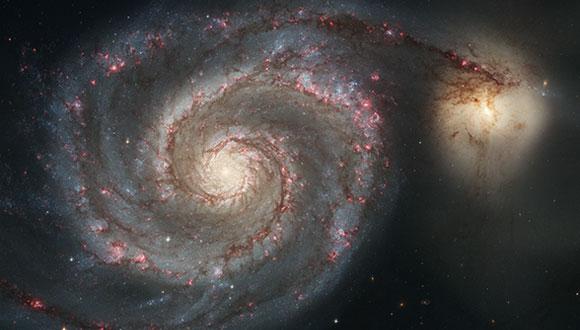Astronomy & Astrophysics Seminar
Dan Beilis & Grisha Zeltyn, TAU
Zoom: https://us02web.zoom.us/j/85026880674?pwd=MW4wZ2tjUFBpMmI4aVAvQUZpd1Btdz09
3D Hydrodynamic and Radiative Transfer Simulations of W33 Main’s UCHII Regions
Dan Beilis, TAU
Abstract:
The different morphologies of UCHII regions are important in understanding the process of massive star formation; how they come to be, what maintains their structure throughout their lifetimes and how eventually the massive stars will emerge from their natal cloud is an ongoing problem. In this talk, I will explain how, based on a recently obtained high spatial and kinematic resolution datacube (by the TEXES spectrometer) of the [Ne II] emission of the UCHII regions within the giant molecular cloud complex W33, we've created a model of each UCHII region in W33 Main. This was done by running 3D hydrodynamic simulations and radiative transfer simulations that manage to reproduce the morphology and kinematic structure of each UCHII region in W33 Main. I will show what we've found and discuss the usefulness of this method in understanding UCHII regions morphologies.
The Ionizing Radiation From Early SMBHs
Grisha Zeltyn, TAU
Abstract:
The reionization of the universe is the most recent major cosmic phase-transition of the intergalactic medium, widely thought to be driven by young stars and accretion disks around supermassive black holes (SMBHs). In this work I will present a framework that consistently traces the growth and the ionizing output of the first generation of SMBHs, accounting for evolution of their spectral energy distributions and various accretion histories - including super-Eddington growth. I will then apply the framework to the observed quasar population at z=6, and calculate their contribution to reionization through z~20. These novel calculations show that the contribution of SMBHs could be higher than what is thought using simplistic (and unphysical) assumptions, but that this contribution is likely limited to late stages. Finally, I will briefly mention several possible extensions of this work.
Seminar Organizer: Dr. Iair Arcavi


